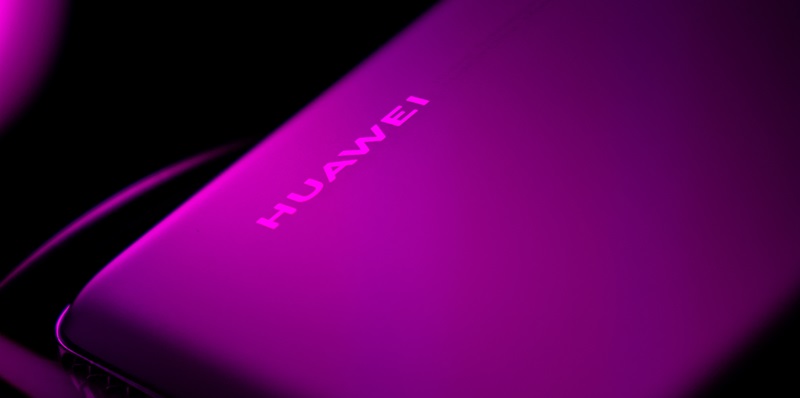Recapping Huawei’s recent challenges with trade sanctions, the Chinese tech giant is determined to make a triumphant return with its upcoming flagship device, the Huawei P70. With a focus on developing its own Kirin chip and integrating 5G connectivity, Huawei aims to overcome the hurdles imposed by sanctions and assert its technological prowess once again.
Huawei’s Comeback Plans
The Huawei P70 sets ambitious goals as the company endeavors to regain its market dominance. By creating its own Kirin chip, Huawei seeks to reduce its dependence on foreign suppliers while ensuring greater control and customization over the device’s performance and features. Additionally, the emphasis on 5G connectivity will allow users to experience blazing-fast internet speeds, ushering in a new era of connectivity.
The Significance of 7 Nanometer Chips and 5G Modems
Initially, the United States believed that Huawei would face significant delays in acquiring the two critical components: chips made in 7 nanometers and chips with 5G modems. These advanced technologies were considered out of reach for Huawei post-sanctions. However, Huawei’s resilience combined with its partnership with Semiconductor Manufacturing International Corporation (SMIC) paved the way for significant advancements.
The SMIC-Huawei Partnership
The collaboration between Huawei and SMIC, along with several other partners, has resulted in the development of a 5G modem, the Kirin 9000S. This breakthrough achievement, showcased in the Mate 60 Pro, demonstrates Huawei’s ability to overcome obstacles and marks its rebirth in the technological landscape. The Kirin 9000S’s powerful performance and seamless integration of 5G technology allow for a superior user experience.
The Upcoming Huawei P70
Building upon the successful Kirin 9000S, the Huawei P70 is set to feature a brand-new System on a Chip (SoC) named Kirin 9010. This cutting-edge chip is rumored to be manufactured using an impressive 3 nanometer lithographic process, pushing technological boundaries and raising the bar for other manufacturers. However, the acquisition of advanced machinery required for these chips poses a challenge as the United States tries to prevent China from obtaining such technology.
China’s Strategic Approach
In response to the imposed restrictions, China’s strategy revolves around capitalizing on the situation and furthering its technological goals. By leveraging domestic partnerships and investing in research and development, China aims to not only meet but exceed international standards, thereby reducing reliance on foreign technology.
Following the Huawei P70 News
The technology community eagerly awaits updates on the Huawei P70, particularly regarding the development of the rumored 3 nanometer SoC. The successful implementation of this technology would cement Huawei’s position as a global leader in chip manufacturing and showcase its ability to innovate despite external challenges.
5G Connectivity in the Huawei P70
Like its predecessors, the Mate 60 Pro and the Mate X5, the Huawei P70 is expected to feature 5G connectivity. This capability ensures that users can enjoy lightning-fast internet speeds, seamless streaming, and enhanced overall performance.
Pending Official Confirmation from Huawei
While the information provided in this article is based on reliable sources, it is essential to note that until Huawei releases official confirmation, all details of the Huawei P70 should be treated as rumors. It is possible that specifications and features may be subject to change as the device undergoes further development.
Despite the challenges posed by trade sanctions, Huawei remains undeterred in its determination to reclaim its position as a global technology leader. By developing its own Kirin chip and integrating 5G connectivity into the Huawei P70, the company showcases its commitment to innovation and resilience even in adverse circumstances. As the technology landscape evolves, all eyes remain fixated on Huawei’s impending release, eagerly anticipating its revolutionary 3 nanometer SoC and the future it holds for the company.

